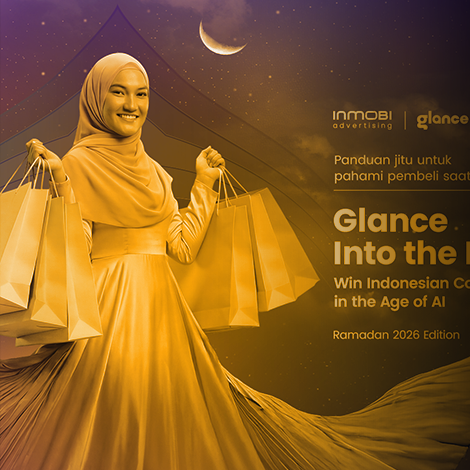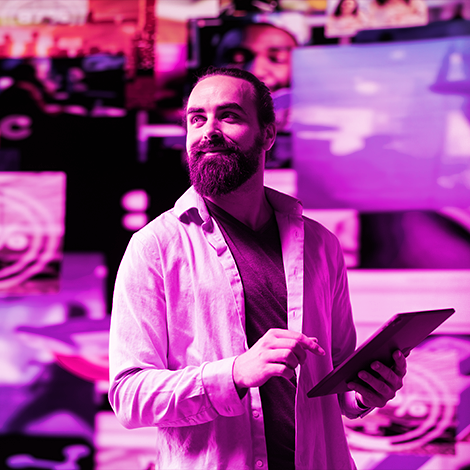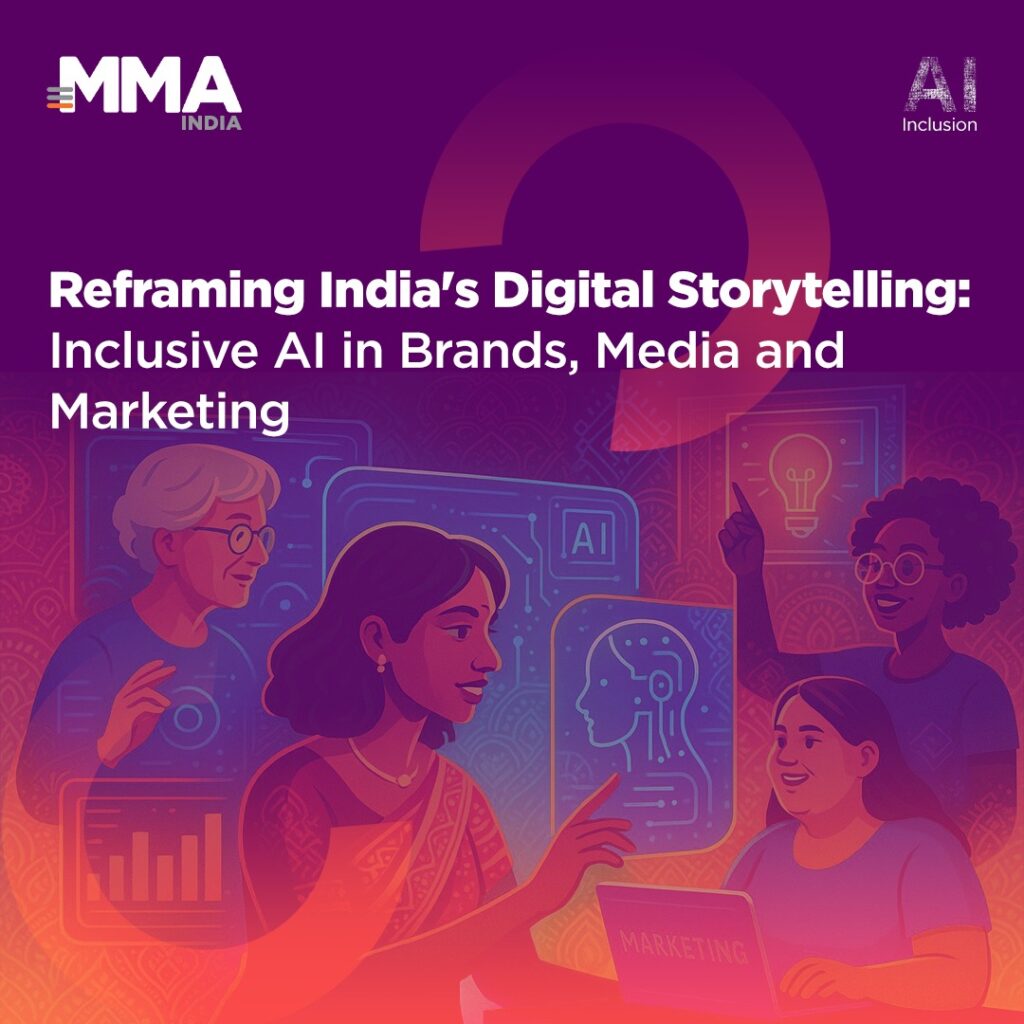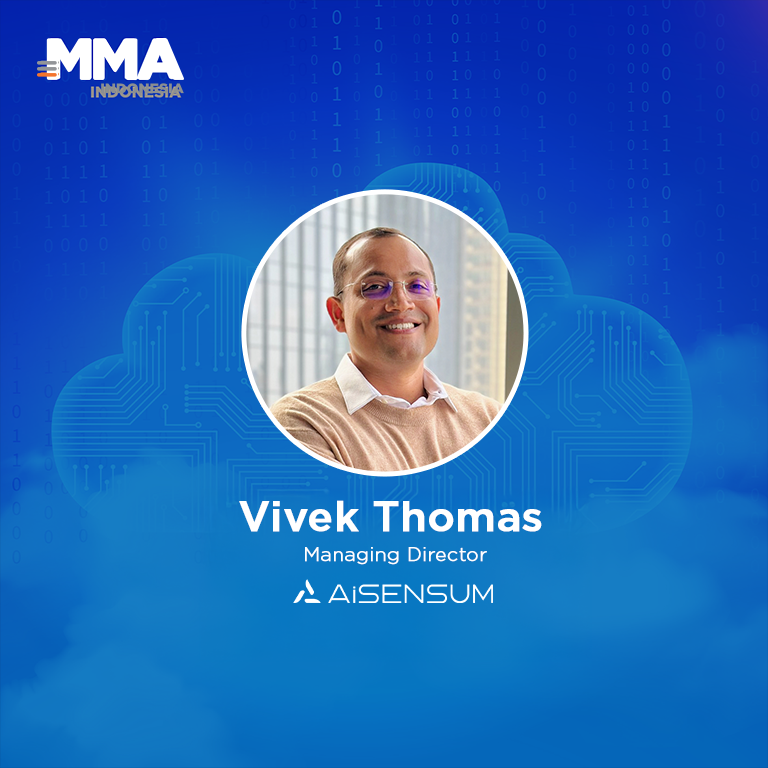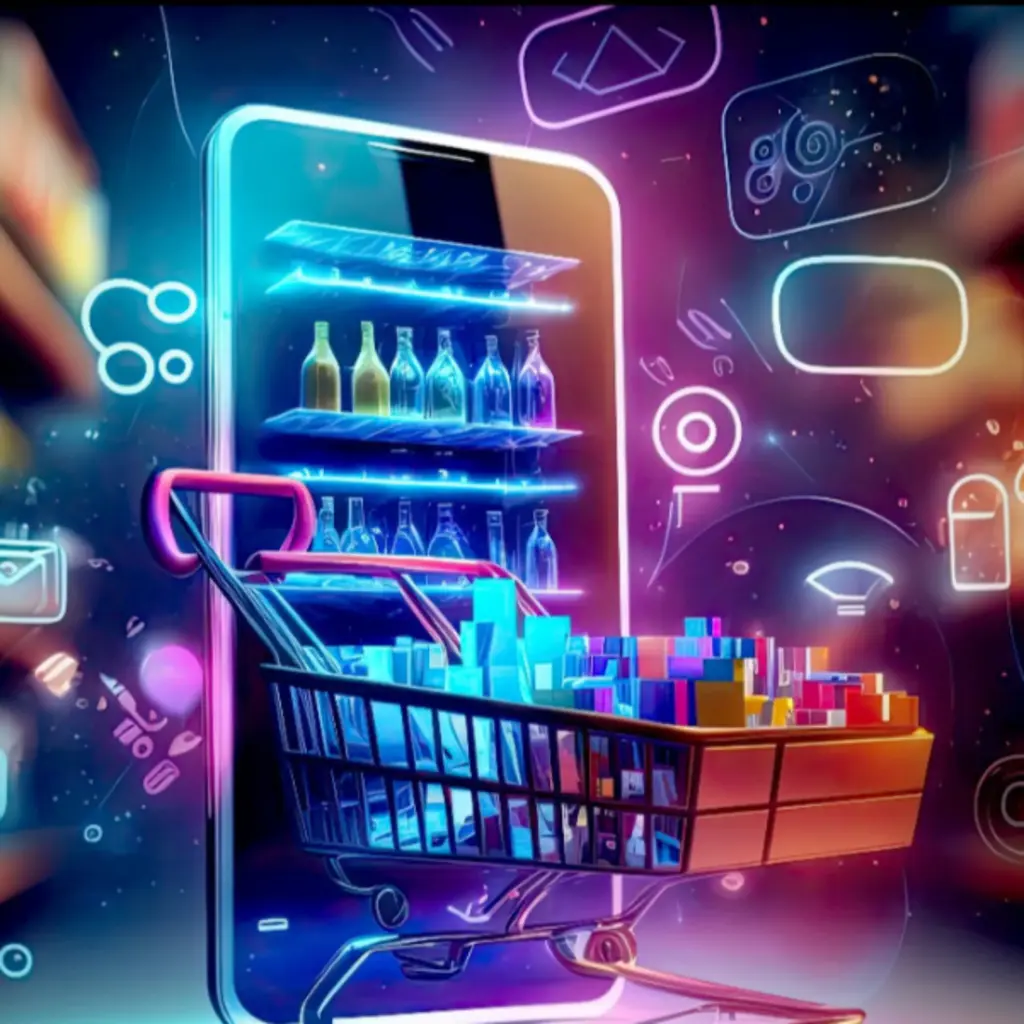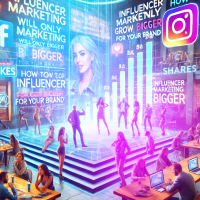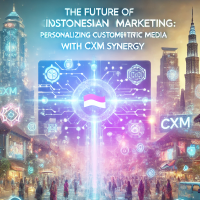Navigating digital realities: All you need to know about hyperreal storytelling in marketing
Hyperreal storytelling is about creating immersive experiences that feel so real that the lines between reality and virtual worlds seem to fade away. It’s where augmented reality meets virtual reality to create a space where anything is possible.
Marketers can tap into the phenomenon to craft memorable and compelling branded stories one would want to experience. It’s an unparalleled tool to welcome consumers into the brand’s world. Brands at the forefront of technology are innovating with hyperreal storytelling to engage consumers.
Spotting hyperreality across industries
Going back a few years, one would find the source of these hyperreal experiences in movies, especially those in the action and science fiction genres like Blade Runner and Matrix. The films ignited the desire for experiences that technology today has made possible to translate into experiential hyperreality. It has led to the virtual construction of rapidly growing digital realities where experiences are way more personal and engaging.
Today, hyperreality is a fundamental building block of the gaming industry, where gamers can enter worlds that feel tangible. It’s a $100 billion economy, allowing people to forge connections with real people at the other end of the console. Several games like Fortnite, Minecraft and Roblox today allow gamers to create digital avatars so real it’s almost like living an alternative life in the virtual world.
Real estate brands are using virtual reality and augmented reality to make it possible for buyers to manifest their dream homes virtually. Home decor brands have added to this by making it easier for buyers to select the pieces of furniture that would fit their home and aesthetics well with virtual reality-based features.
But that’s not all. Technology has moved ahead since then, now allowing people to own virtual houses. In 2021, Mars House became the first NFT digital house, a piece of virtual real estate, to be bought and sold worldwide.
The fashion industry is also cashing in on the growing popularity of virtual worlds by creating virtual influencers to sell products and lifestyles. Two of the most prominent examples in the category are Gucci and Estée Lauder. While Gucci launched a $10,000 virtual dress, Estée Lauder launched a virtual game to promote its skincare products.
Going beyond digital advertising
AI-powered filters are at the heart of most campaigns today. The rise is a direct result of consumer interest in social media apps that allow users to swap faces, have bunny ears and explore a range of filters. Consumers love creating and consuming such content, nudging brands to follow suit and add to the possibilities. Brands benefit from filter-based campaigns by achieving higher engagement and top-of-mind recall for their products and storytelling.
And that’s just the beginning. Hyperreal storytelling enables brands to go much beyond advertising. Brands can now create and sell exclusively virtual products. It’s an excellent way for companies to generate revenue while saving on production costs. However, they do need the capital and expertise to expand the scope of available technology. And to use it iteratively to keep expanding the possibilities with virtual products and life.
Steps to leverage hyperreality as a brand
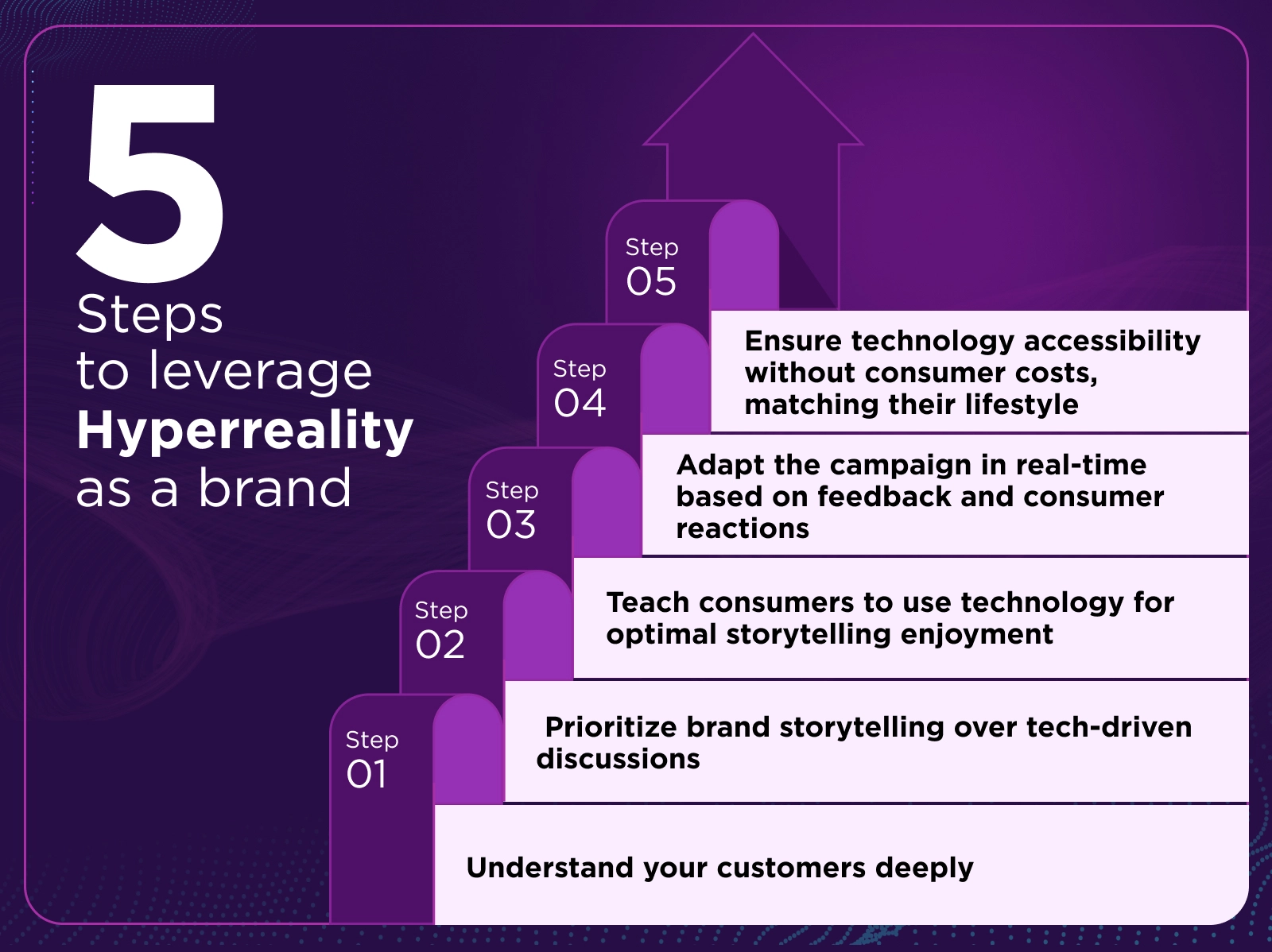 Brands must catch up on hyperreality by crafting immersive worlds of stories. Here are the steps for brands to follow to do so effectively:
Brands must catch up on hyperreality by crafting immersive worlds of stories. Here are the steps for brands to follow to do so effectively:
- Develop a clear understanding of target audiences and their expectations from virtual experiences.
- Keep brand storytelling at the centre of the campaign instead of letting technology drive the conversation.
- Educate the consumers on how to use the technology the right way to enjoy the storytelling as intended.
- Ensure you can tweak the narrative basis feedback and consumer reactions even while the campaign is live.
- Make the new technology accessible to consumers in a way that fits their lifestyle, and they don’t have to pay for it.

